
1956 AC Ace Cobra conversion
By Dean Larson
As readers of ReinCarNation magazine, you’re well acquainted with the relationship between the British AC Ace and the iconic Shelby Cobra. The fairytale is often summarized a bit like this: AC installs anemic 2.0-liter engines into small, aging roadster, famed chicken farmer/racing driver suggests the installation of new American 260 ci V8, and the course of motoring history is altered forever. However, the transition from AC Ace to Shelby Cobra wasn’t quite as seamless as the story suggests, and a fair few original cars exist that sort of blur the lines of this transformation. The most interesting aspects of these cars are often how they were originally built, and how they were altered through the years.
The car you’re looking at now is an intriguing example of one of these early conversion cars, as it was originally born as a 1956 AC Ace. This little roadster has undergone quite the transformation since its birth, and using the power of the interweb, we can shed some light on its interesting life.
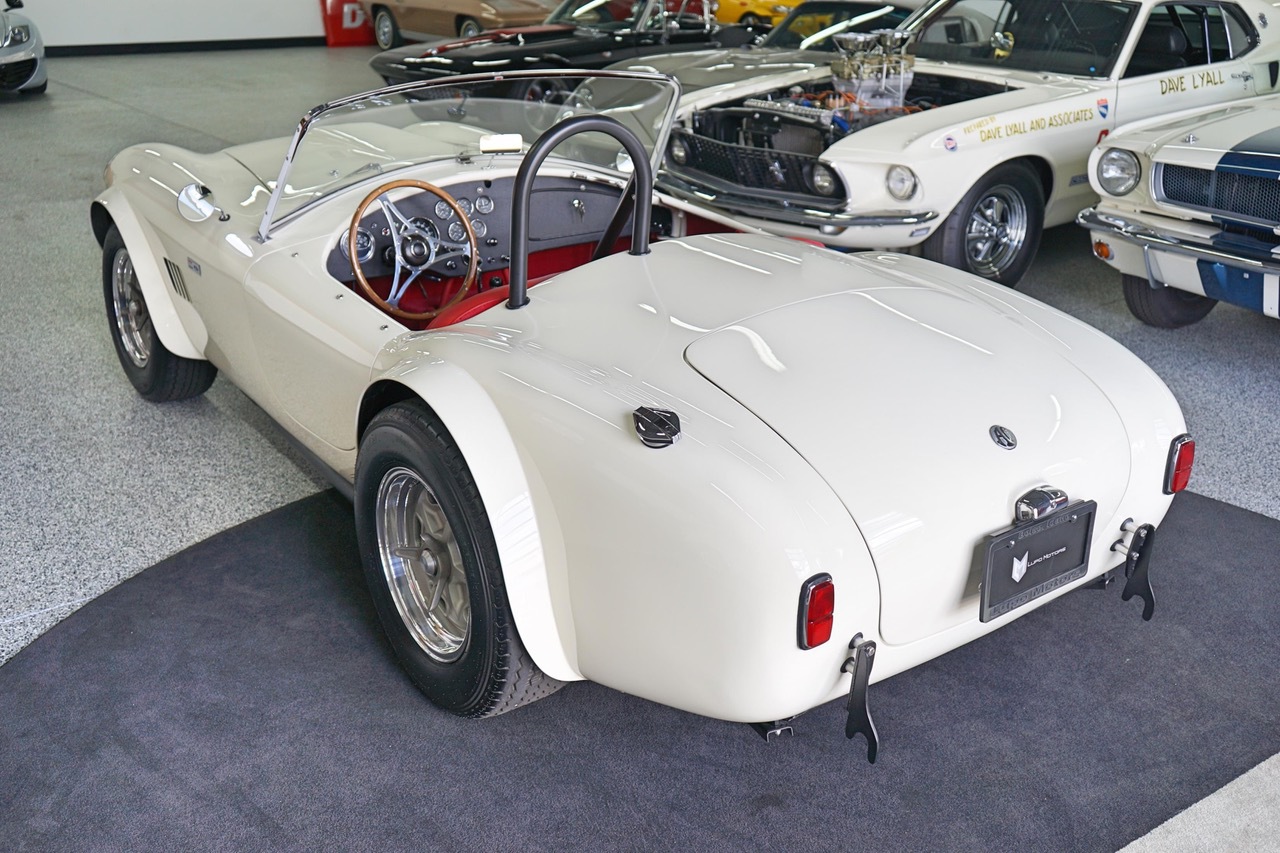
Human beings prefer to start stories from the beginning, and this AC’s beginnings were far more humble than the half-a-million dollar car you see today. Back in 1956, AEX 198 rolled off the production line as an alloy-bodied, transverse leaf-spring roadster finished in white with a green interior. While it doesn’t matter much (as the car’s original engine is long gone), it takes a roundabout method to determine which engine this Ace was originally equipped with. Of the three standard engines installed in the Ace (AC, Bristol and Ford Zephyr), both the AC and Bristol 2.0-liters were available in 1956. However, the engine I.D. number on the car’s data tag seems to be consistent with known AC 2.0-liter cars, signifying that this Ace had just about 100 hp when new.
According to the best information we can source, AEX 198 was then imported into the U.S. by AC Imports in Arlington, Virginia. Sometime in the early ’60s, the car went under the knife, receiving many of the modifications Shelby made to the original AC Cobras. While the thought of cutting up an original AC Ace is cringe-worthy today, the little roadster wasn’t as revered back then. Cobras were hot, and countless AC Aces and Bristols were converted to Shelby roadsters with varying thoroughness.
While some cars only received a driveline swap, this Ace received the entire Cobra treatment, resulting in a convincing early FIA racer. The AC driveline was removed and replaced with a 271 hp Ford 289 HiPo engine and T-10 four-speed transmission with a reverse lock out. Just as Shelby did with the first Cobras, the E.N.V differential was replaced with a stronger Salisbury unit used in Jaguars of the day. Unlike the Cobras however, the rear in-board disc brakes were preserved on this car while they were moved outboard on Cobras to save money. The transverse leaf-spring front suspension was replaced with an MGB knee-action front suspension and rack-and-pinion steering.
The mechanical enhancements to the Ace were accompanied by a few functional and cosmetic changes to the original bodywork, completing the transformation. The Cobra hood scoop and front fender vents were added and bumpers were replaced with quick jacks. The distinctive blocky nose on the early Ace was removed in favor of the more streamlined nose found on later Aces and early Cobras. However if you look closely, the front indicators were mounted low on the car’s nose, lower than any of the ACs or Cobras. Requisite instrumentation was also added to the interior, loosely following the Cobra style.
To make the most of the improvements in horsepower, braking and handling, the AC’s wire wheels were replaced with knock-off wheels and much larger tires. Wide fender flares were necessary to enclose the wheels and tires and would be required in the FIA rulebook. The AC was then retitled as a 1963 AC roadster to reflect the changes, and appears to have lived most of its life in this configuration.
Around 2011, the car resurfaced and was listed for sale for $98,900. It had been resprayed in red at some point, and the interior was all black. Halibrand-style knock-off wheels with modern rubber were mounted on all-four corners, but didn’t quite do the car justice. The engine bay appeared functional, but in need of improvements for authenticity. Lacking a bit in presentation, the car finally sold in April 2012 for a menial $79,900 — the cost of a well-done replica.
Sometime after the 2012 sale, the car was given a proper restoration and brought up to a more desirable configuration. The owner could have returned the car to its original spec as an AC Ace as many suggested, but we’re glad they realized the current and future value in the period Cobra modifications. The paint was returned to its original shade of white, and missing trim pieces were reinstalled. The Halibrand wheels were replaced with kidney bean-style knock-offs, a significant improvement, and honest-looking Avon CR6ZZ tires were mounted. Red carpeting and seats, a Moto-Lita steering wheel and a Bristol speedometer were added to the interior, significantly upping the curb appeal and staying somewhat true to the car’s origins.
It would take a well-versed Cobra enthusiast to choke up any questions or doubts about the car’s presentation. Eagle-eyed onlookers might notice that the car is only fit with some of the FIA-specific hardware while a few items are not present. A few items under the hood, like the Cobra “S2” intake manifold, stick out also, but period HiPo parts can be easily sourced.
Opinions on these conversion cars differ. Some see these cars as less than a Cobra, and less than an original Ace — likely cause for its low selling price in 2012. But there are plenty of others that, like myself, see these cars as fascinating piece of automotive history with a great story to tell. The seller surly leans to the latter side, having placed a hefty price on the Ace of $550,000. That’s quite a bit more than an original Ace sells for, so I’d be interested to see where the hammer falls on this one.

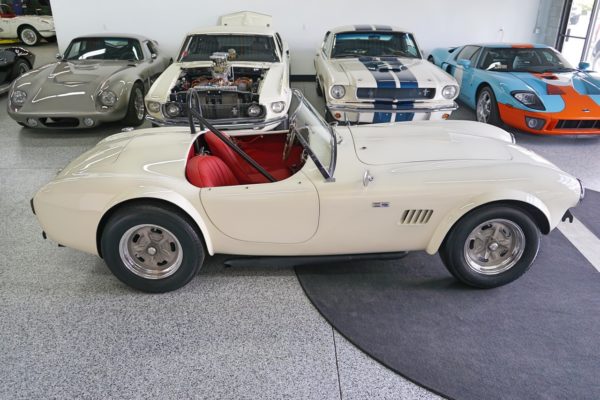
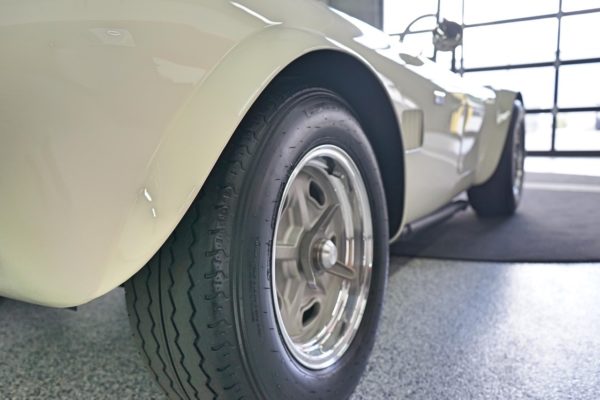
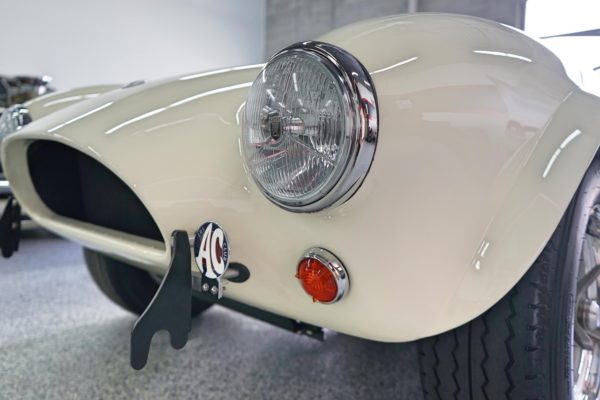
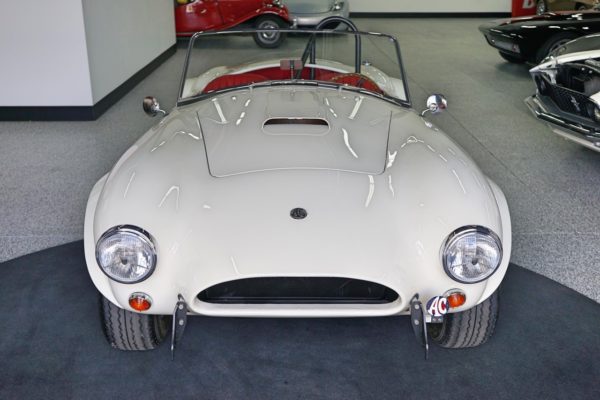
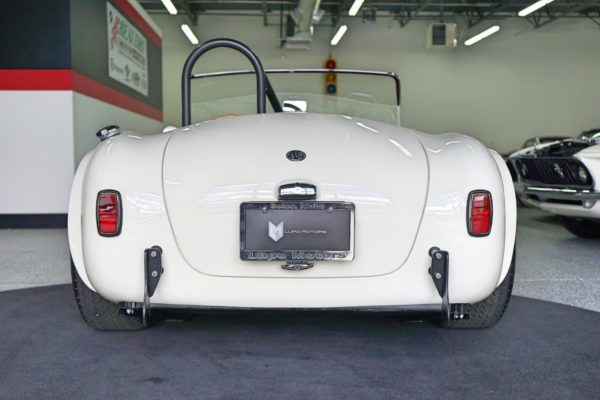
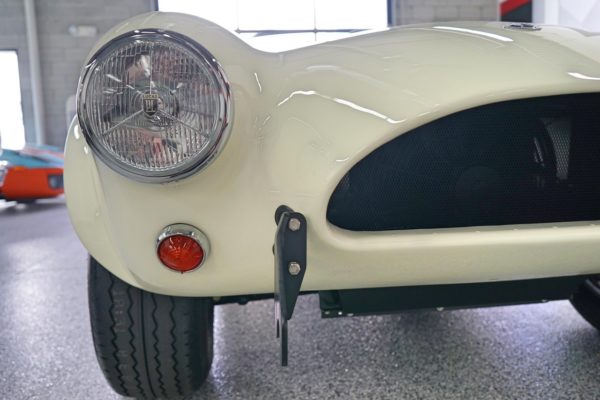
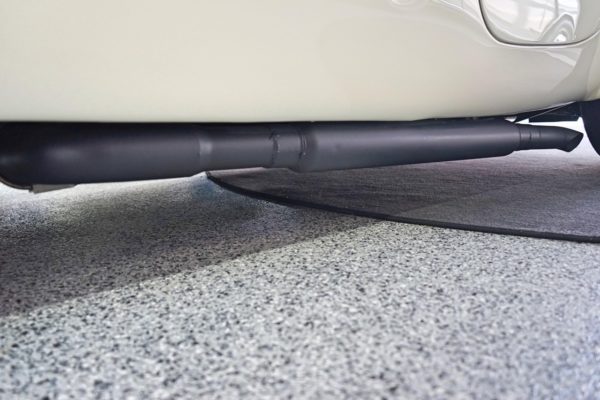
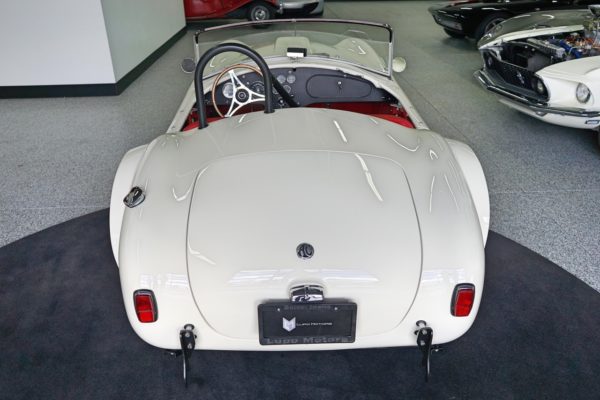
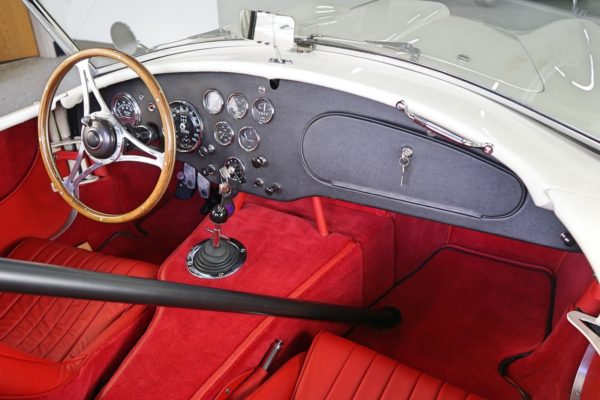
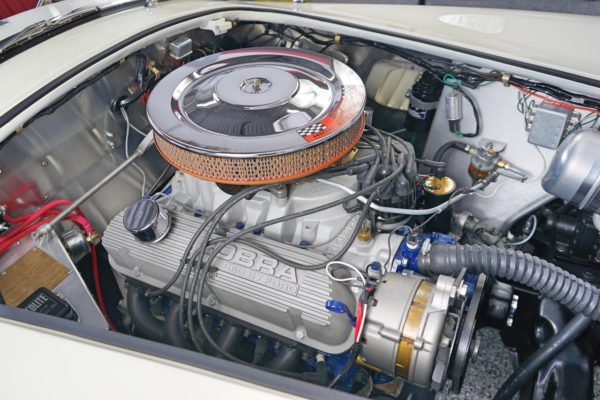
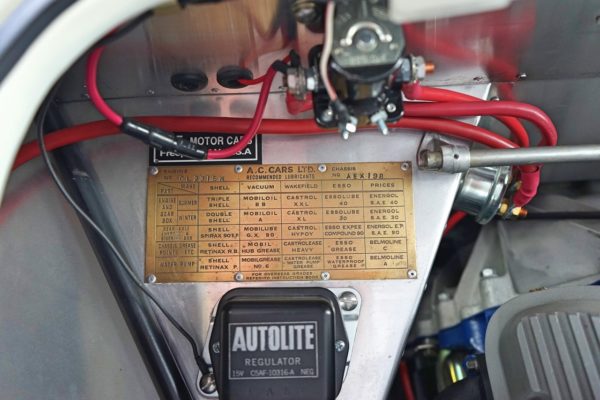
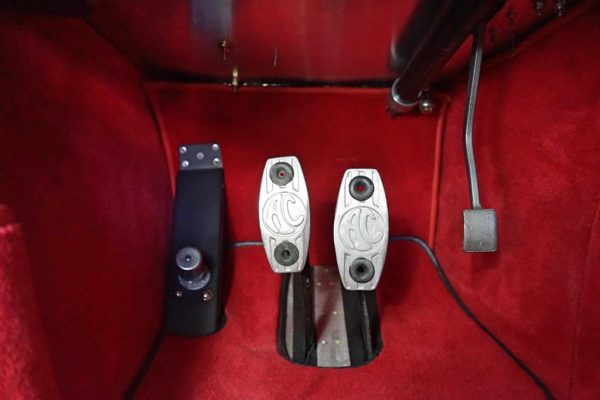
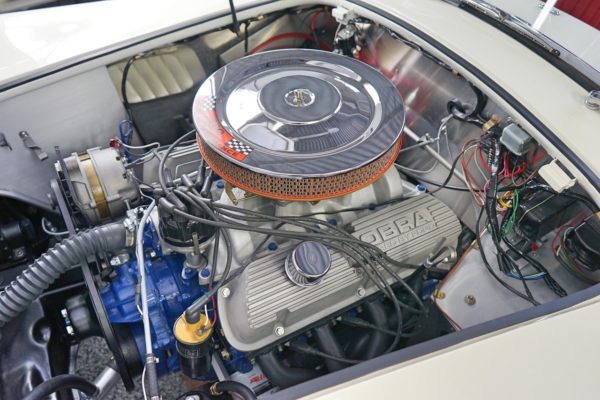
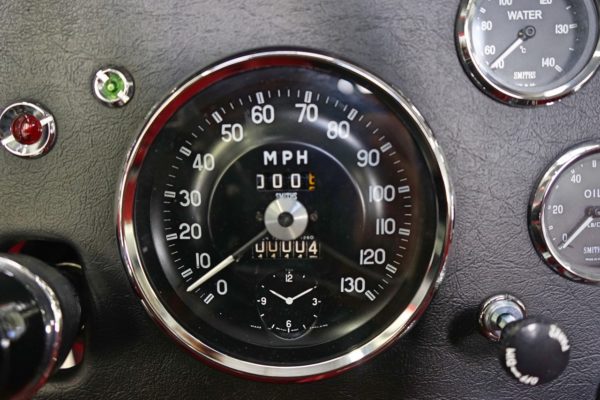
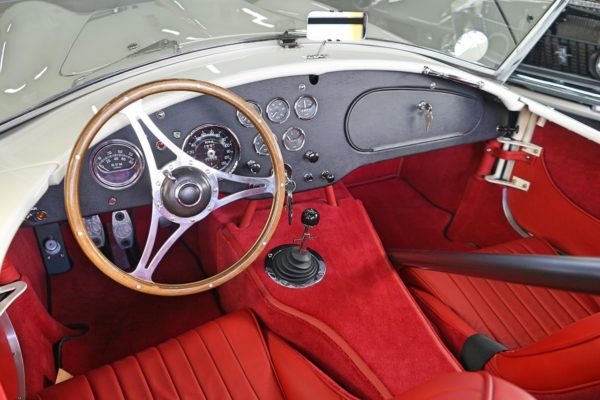
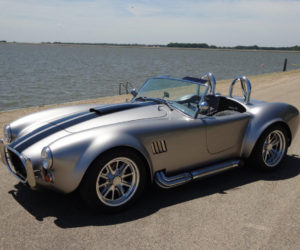
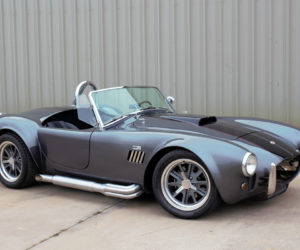
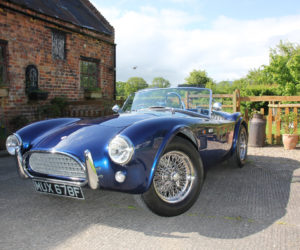
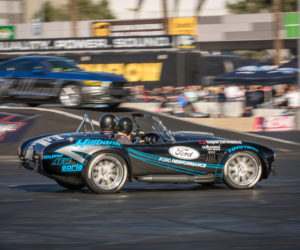
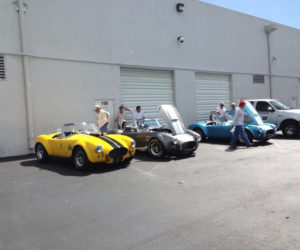
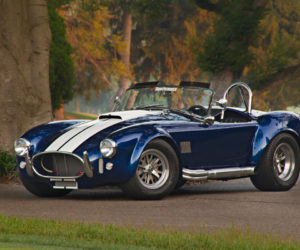




Comments for: Blurring the Lines: AC Ace Conversion
comments powered by Disqus